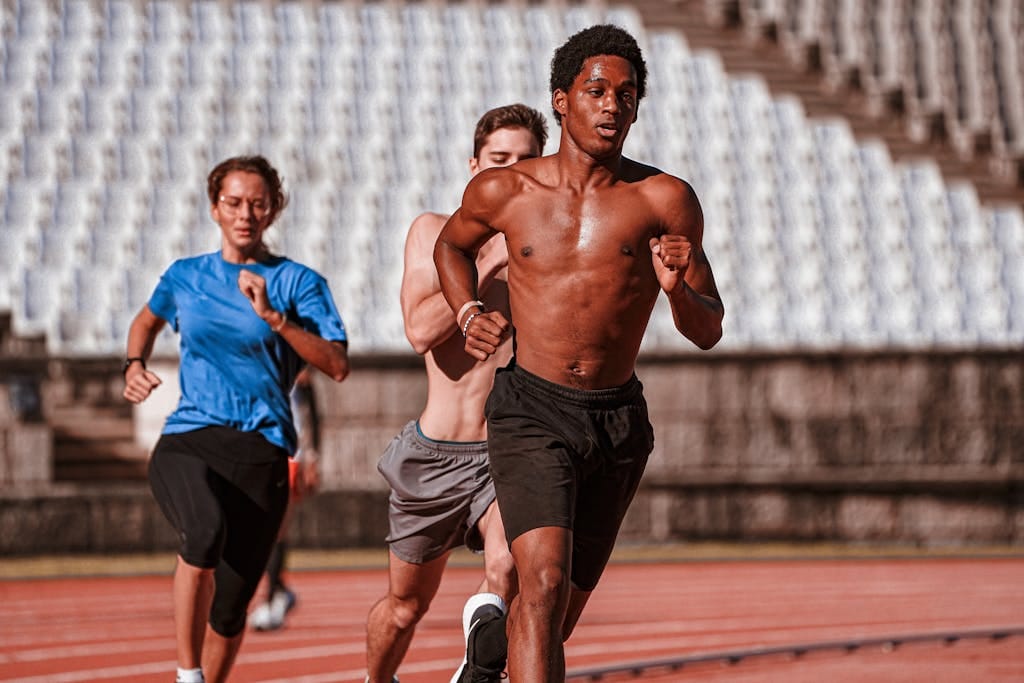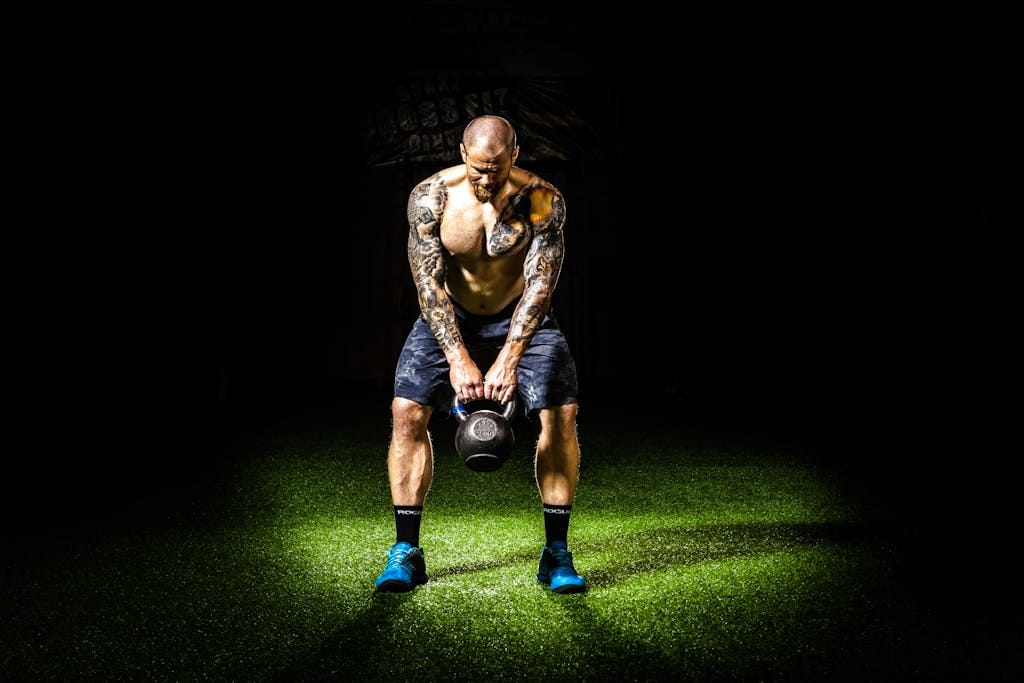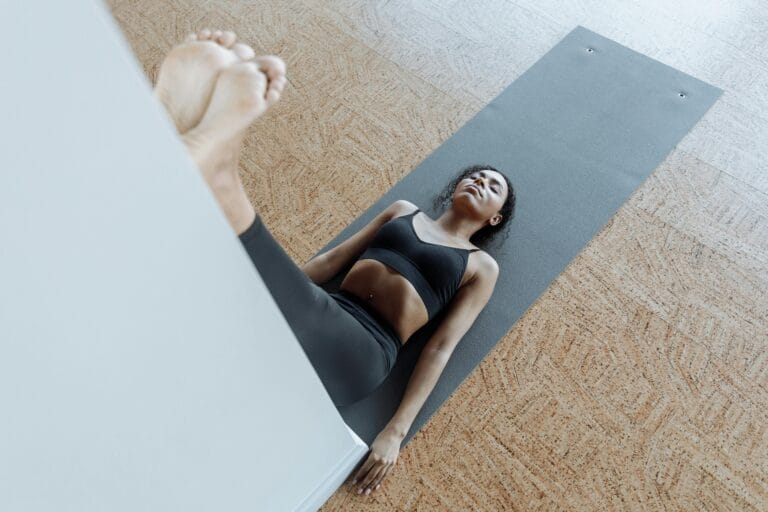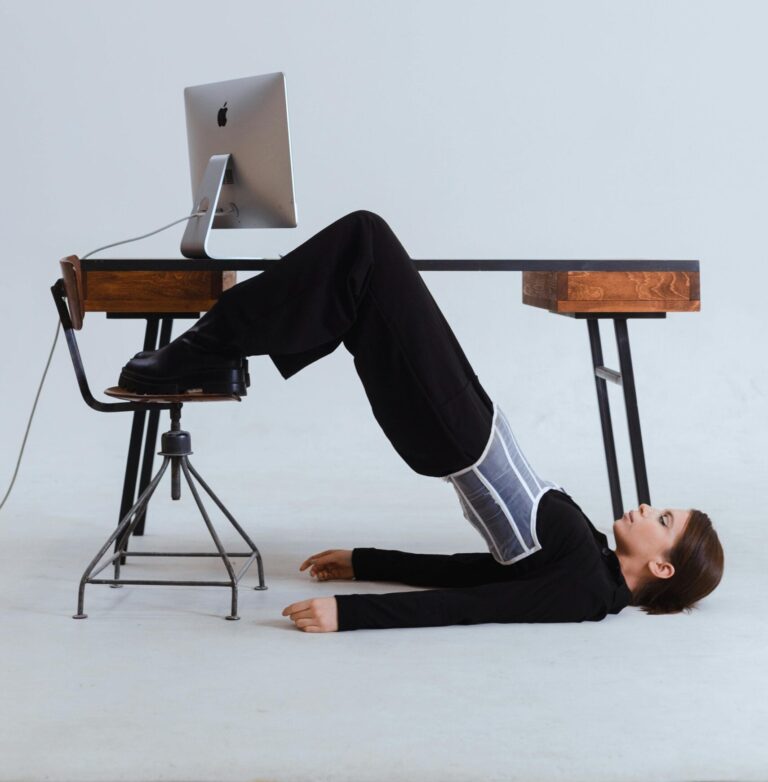FREE SHIPPING OVER $50
The Kettlebell Secret That’s Making Fast Runners Even Faster
If you’re a runner looking to shave seconds off your time or just improve your overall performance, there’s one piece of equipment you might be overlooking: the kettlebell. Long associated with CrossFit and powerlifting, kettlebells are quickly becoming a not-so-secret weapon among elite runners.
It’s not hype—it’s science-backed, practical, and surprisingly accessible. This article breaks down why kettlebell training is gaining momentum in the running world, how it actually makes runners faster, and what exercises you should start doing right now.
Why Runners Are Turning to Kettlebells

Running is a repetitive, high-impact activity. While it builds endurance and cardiovascular strength, it doesn’t do much for power, joint stability, or muscular balance. That’s where kettlebells come in.
Kettlebell training enhances three major things runners often lack:
- Explosive power
- Core stability
- Posterior chain strength (think glutes, hamstrings, and lower back)
These are all crucial for maintaining good form and efficiency during long runs or fast sprints. Even better, kettlebell workouts are low-impact, fast, and efficient—ideal for busy athletes who don’t want to spend hours in the gym.
The Science Behind Kettlebells and Running Performance

Multiple studies have shown that incorporating resistance training improves running economy and power output. Research found that strength training can improve 5K times and sprint speed by increasing muscular recruitment and stride efficiency.
Kettlebells, thanks to their offset weight and dynamic movement patterns, uniquely engage stabilizing muscles in a way traditional dumbbells or machines can’t. This helps runners generate more force with each stride—without adding bulk.
More force per step = less fatigue and more speed.
How Kettlebell Training Benefits Runners
- Improved Running Form and Posture
Kettlebell movements demand core engagement, which translates to better posture during runs. That means less slouching, more efficient breathing, and a stronger arm swing. - Increased Hip Power and Glute Activation
Exercises like swings and snatches target the hips and glutes, improving drive and propulsion. This is essential for both sprinters and distance runners looking for an edge. - Injury Prevention and Joint Stability
Weak stabilizing muscles often lead to injuries in runners—especially in the knees, hips, and ankles. Kettlebell work strengthens these supporting muscles and improves joint control. - Better Balance and Coordination
Single-arm or unilateral kettlebell movements challenge the body in ways that improve proprioception (your sense of body position)—a game-changer for trail runners or anyone recovering from injury. - Time-Efficient Strength Workouts
With just 20 minutes and a kettlebell, runners can get a full-body strength workout that complements their running schedule without burning them out.
5 Kettlebell Exercises Runners Should Be Doing
1. Kettlebell Swing: The Power Generator
This explosive hip-hinge movement trains the posterior chain—glutes, hamstrings, and lower back. It builds speed, endurance, and power with minimal joint stress.
2. Goblet Squat: Strength Meets Mobility
Holding the kettlebell at your chest, squat deep and push through your heels. This move strengthens the quads, glutes, and core while encouraging good form and ankle mobility.
3. Kettlebell Deadlift: Posterior Chain Builder
Less technical than a barbell deadlift, the kettlebell version still targets your glutes, hamstrings, and spinal stabilizers. It’s perfect for building foundational strength and preventing lower-back injuries.
4. Single-Arm Kettlebell Press: Core-Loaded Upper Body Strength
While it targets the shoulders, this move also lights up your core due to the offset weight. Great for posture and upper-body strength without overloading the joints.
5. Kettlebell Lunge Pass-Through: Balance and Control
This variation of the walking lunge involves passing the kettlebell under your front leg as you move. It builds balance, coordination, and unilateral leg strength—perfect for evening out muscular imbalances from running.
How to Add Kettlebells to Your Running Routine
You don’t have to ditch your long runs or tempo workouts. Kettlebells are most effective when used as a complement to your running, not a replacement.
Here’s a simple way to integrate them:
Option 1: 2 Strength Days Per Week
On non-running or easy running days, dedicate 20–30 minutes to full-body kettlebell work.
Option 2: Post-Run Finishers
Do a 10-minute kettlebell circuit right after your run. This builds muscular endurance and trains your body to stay strong even under fatigue.
Option 3: Mobility + Strength Hybrid Days
Use light kettlebells for mobility drills (e.g., Turkish get-ups, halos) and finish with a few high-rep swings to promote blood flow and recovery.
Consistency is key. You’ll see noticeable improvements in posture, speed, and injury resistance within just a few weeks.
Mistakes to Avoid When Training With Kettlebells
- Using Too Much Weight Too Soon: Start light to learn proper form and avoid injuries.
- Poor Technique: Kettlebells require precision. Watch a tutorial or work with a coach to get it right.
- Overtraining: Don’t add kettlebell workouts on hard run days. Your nervous system needs time to recover.
Final Thoughts
Kettlebells might look simple, but they deliver a powerful edge when used strategically. For runners who want to get faster, feel stronger, and stay injury-free, kettlebell training offers a science-backed path forward.
And you don’t have to be an elite athlete to benefit. Even if you’re just getting started or returning from injury, incorporating kettlebells could be the game-changer your running routine has been missing.
Related Articles
- Out of Shape and Overwhelmed? This Simple Workout Plan Will Change Everything
- 5 Daily Exercises That Double Grip Strength and Reverse Aging
- Your Chest Day Is Broken: 5 Exercises Experts Beg You to Stop Doing Immediately
- Back Day Breakthrough: Why Trainers Are Begging You to Add This Game-Changing Move
- Build Stronger Legs at Home with These Trainer-Approved Dumbbell Exercises



